Introduction
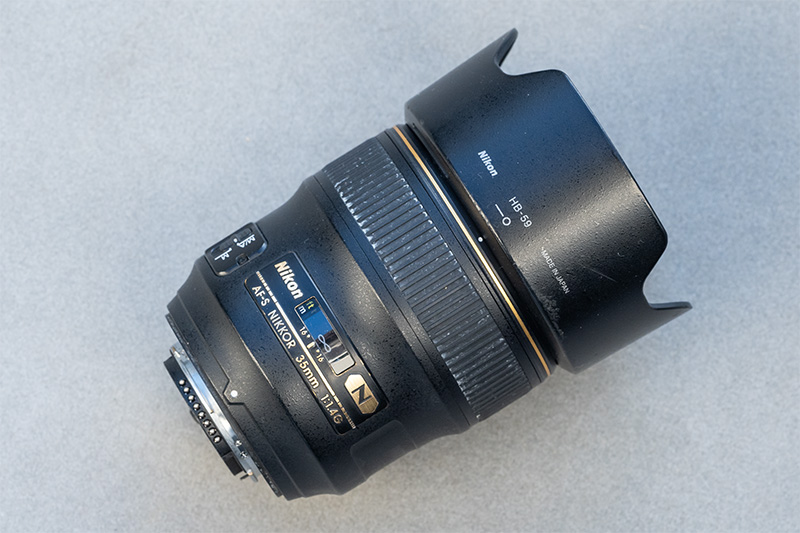
This is another article where the idea came from one of our Discord member, that asked what I do to keep my cameras and lenses clean. I don’t do a lot, but what I do is described in this article.

This is another article where the idea came from one of our Discord member, that asked what I do to keep my cameras and lenses clean. I don’t do a lot, but what I do is described in this article.
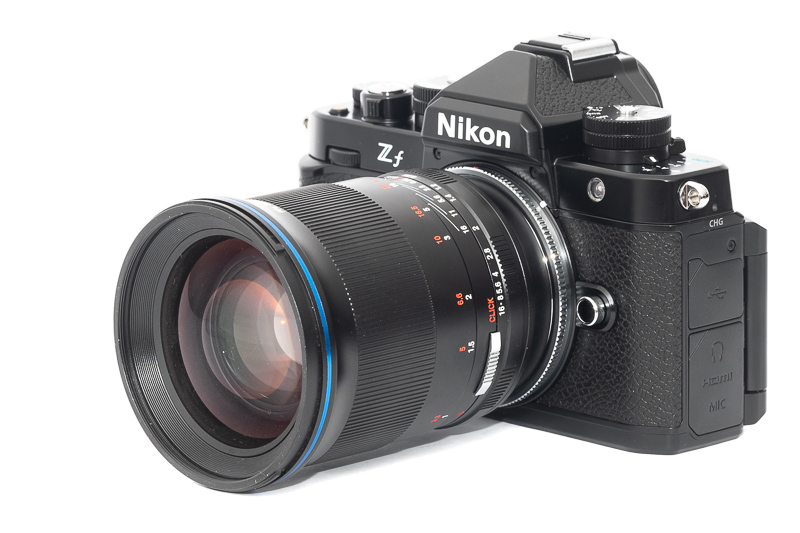
With the release of Sony’s first A7 series camera we saw a renaissance of many legacy lenses from “dead” mounts like Canon FD, Olympus OM, Minolta SR and several more. Because of flange focal distance issues these lenses often couldn’t be attached to modern DSLRs. And even if it was possible, it was a pain to use them on DSLRs, thanks to their matte screens being unsuitable for manual focus lenses.
Let’s have a look at the history of focusing aids in fullframe mirrorless cameras and who does it best.
Continue reading The best fullframe mirrorless camera for adapting manual focus lenses
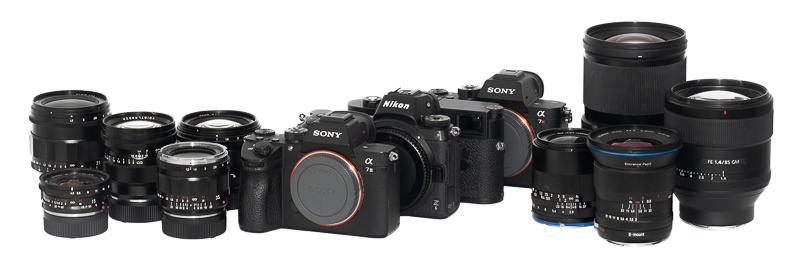
When Sony released the first affordable fullframe camera with the A7 in 2013 almost none of the enthusiast photographers were aware of issues related to filter stack differences. Filter stack describes what is in front of the sensor and different manufacturers decided to go for different thicknesses here that can influence how our lenses perform. If you stay within just one system this is usually not something to care about, but when adapting lenses it is very helpful to be aware of this topic.
In this article I try to tell you about these differences and for what lenses they matter, so you can find out if it is something that might affect you.
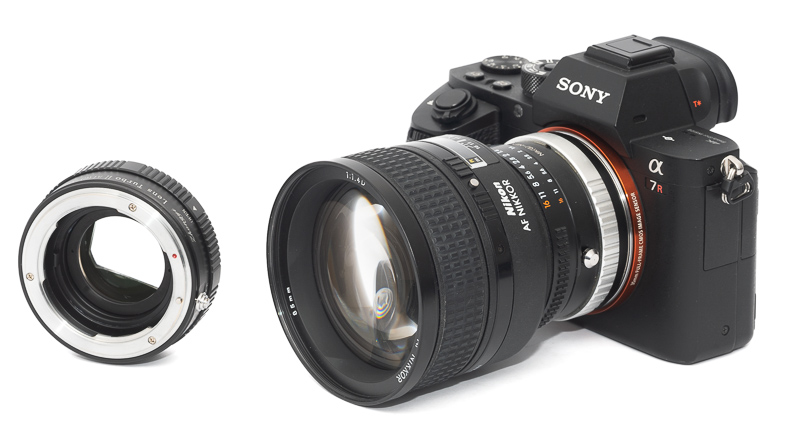
Speedboosters are still somewhat popular among videographers, but since these days used fullframe cameras are very affordable, this is not really the case for still photographers anymore. They can be used for some creative shallow depth of field photography on fullframe cameras though, and that is what we will have a look at here.

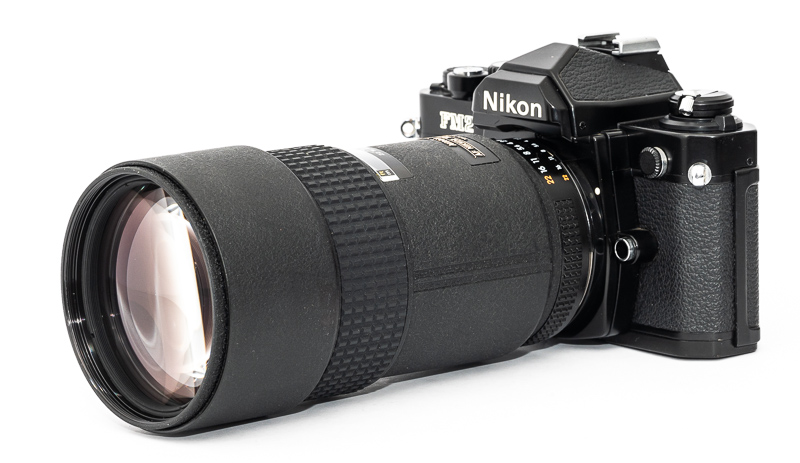
As you may or may not know there have been several different versions of the Nikon AF 180mm 2.8 over the years. Most notable was the addition of the “D” feature in 1994, allowing the lens to transmit distance information to the camera for more accurate usage of camera flash. As this lens was first released in 1986 some of the samples approach an age of 40 years. As with every product that old, there are some things to be aware of when you are looking to buy a used sample. One of our readers, Q. Xu, did a side-by-side teardown of both versions, so we get to have a closer look at the differences between these versions and what to watch out for.
Of course this article may also be of help if you are looking to perform some kind of repairs on this lens on your own.
Continue reading Nikon AF 180mm 2.8(D): Versions, Teardown and Repair Guide